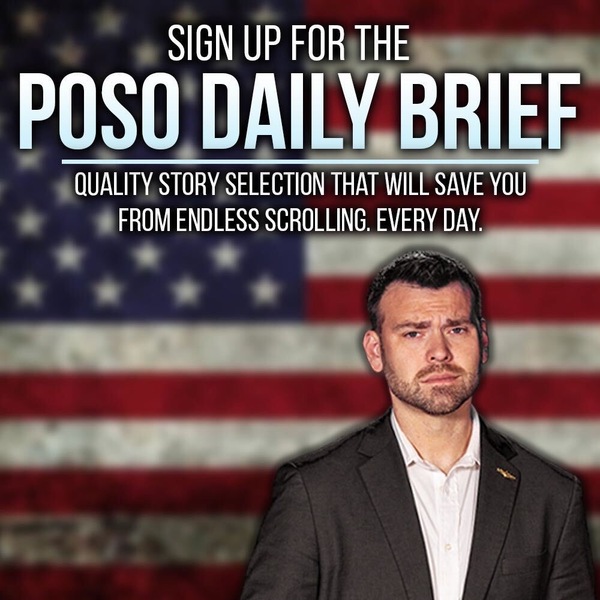The New York Times has now acknowledged that Nazi symbols and imagery "now appears with some regularity" on the uniforms of Ukrainian soldiers fighting on the battlefield, adding that international figures have avoided mentioning this for fears of "fueling Russian propaganda."
The Times noted that in April the Defense Ministry of Ukraine posted a photo to Twitter of a soldier wearing a Totenkopf patch, a skull and crossbones image used a by Nazi unit during World War II.
Hours after being asked about the tweet by the Times on April 27, the Defense Ministry deleted it, saying in a statement, "After studying this case, we came to the conclusion that this logo can be interpreted ambiguously."
The photographed soldier was part of the DA Vinci Wolves, a volunteer unit that "started as part of the paramilitary wing of Ukraine’s 'right sector.'" On social media, at least five other photographs from the group featured soldiers wearing patches displaying Nazi imagery.
Another post in May made by Ukraine’s state emergency services agency to Instagram showed an emergency worker sporting the Black Sun symbol, "that appeared in the castle of Heinrich Himmler, the Nazi general and SS director. The Black Sun is popular among neo-Nazis and white supremacists," The New York Times reported.
NATO's Twitter account posted a photo of a soldier wearing a similar patch in March. Both of these posts were deleted.
Despite this imagery, international support for Ukraine in its fight against Russia has not seemed to waiver.
"It has, however, left diplomats, Western journalists and advocacy groups in a difficult position: Calling attention to the iconography risks playing into Russian propaganda. Saying nothing allows it to spread," wrote The New York Times.
The outlet added that Jewish groups and anti-hate organizations that usually call out hate symbols "have stayed largely silent."
"Privately, some leaders have worried about being seen as embracing Russian propaganda talking points," the outlet added.
In a July 2022 piece from The New York Times, the outlet stated that Putin has called the invasion of Ukraine a "denazification" mission, with "Russian propaganda" in the news stating that Ukraine was overrun by Nazis.
Ukrainian historian and religious scholar Ihor Kozlovskyi told the outlet that these symbols had meanings that were unique to the Eastern European nation and thus should be interpreted through the Ukrainian lens.
“The symbol can live in any community or any history independently of how it is used in other parts of Earth,” Kozlovskyi said.
Speaking with War Room’s Steve Bannon, National Pulse Editor-in-Chief Raheem Kassam said, "It’s nice, don’t get me wrong, that the New York Times is finally catching up to reality, the Washington Post actually caught up to reality, did their own story like this last year."
"But here’s the signal, not the noise, right? The noise is, you know, Nazi badges on the things, yet we know that already. Here’s the signal. Last month, Politico puts out a story that says basically, hey Zelensky, people aren’t so sure about you. You’re embezzling all this money. So says Seymour Hersh, so says people, sources inside the US government."
Kassam said that the article pointed out that Zelensky was susceptible to his own "color revolution," adding that there are "some warning sirens going off" at the "power centers of Western foreign policy" saying that "we have thrown out a lot in with this guy and we don’t have an awful lot to show for it."






